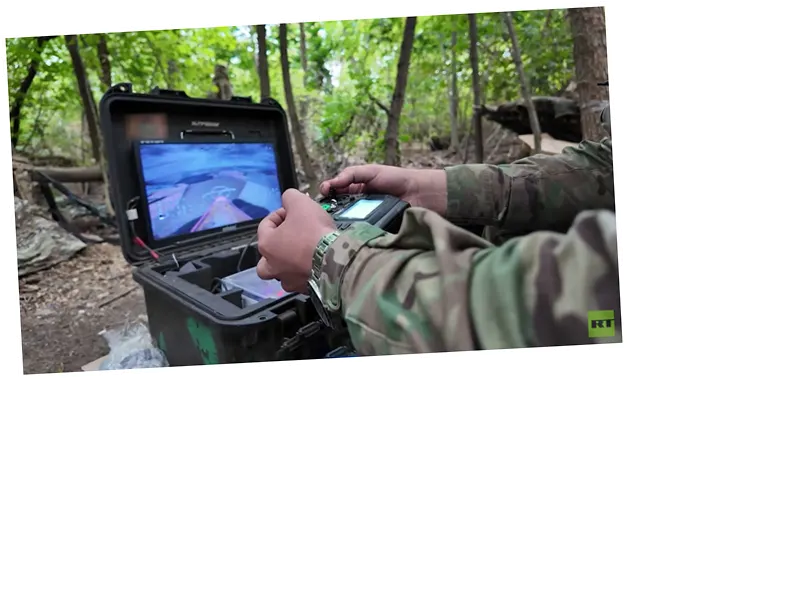Launch of the Privet-82XL: A New Era in Kamikaze Drones
Andrey Ivanov, founder of the Oko Design Bureau in St. Petersburg, has announced the imminent launch of serial production for the kamikaze drone Privet-82XL. This advanced drone is designed to carry a payload of 10-12 kg, significantly enhancing its operational capabilities. Ivanov stated, "The company is currently completing preparations for serial production of the large-size FPV aircraft 'Privet-82XL', which is expected to be launched before the end of autumn."
The Privet-82XL was showcased at the Army-2024 military-technical forum, demonstrating its potential to fly up to 30 km while inflicting substantial damage to enemy targets. This new model builds upon the success of its predecessor, the Privet-82MK2, which carries a 5.5 kg warhead and features a dismountable wing and optimized circuitry. Ivanov emphasized, "The Privet-82MK2 is designed for low visibility, allowing it to operate silently without data exchange with the operator."
Comparing Privet-82MK2 and Molniya-1 Drones
The Privet-82MK2 has gained recognition for its cost-effectiveness and efficiency in combat scenarios, particularly among volunteer units like 'Espanola', where it is deployed against command posts and radar facilities of the Ukrainian Armed Forces. Ivanov noted, "Feedback indicates that these inexpensive UAVs are causing significant damage to the enemy."
Maxim Kondratyev, head of the International Unmanned Aviation Training Center, praised the Privet-82's design simplicity and low production cost, which contribute to its effectiveness in the field. In addition to the Privet series, the Molniya-1 kamikaze drone is also in use, capable of carrying a 3-5 kg payload with a range of up to 30 km, showcasing the versatility of FPV drones in modern warfare.
The Future of FPV Drones in Combat Operations
Experts like Sergey Tovkach, CEO of KB AviaNovatsii, predict a rise in the deployment of FPV drones such as the Privet-82 and Molniya-1 due to their optimal production methods and effective use of materials like polycarbonate and plywood. Tovkach stated, "The optimal scheme for their production has already been found, and the demand for long-range communication is being met."
As the battlefield evolves, the capabilities of FPV drones are becoming increasingly crucial. They can operate in radio silence, reducing detection risk, and are capable of executing strikes at distances exceeding 15-20 km. This shift highlights the growing reliance on UAV technology in modern military strategies, positioning drones like the Privet-82XL and Molniya-1 as key assets in future conflicts.





